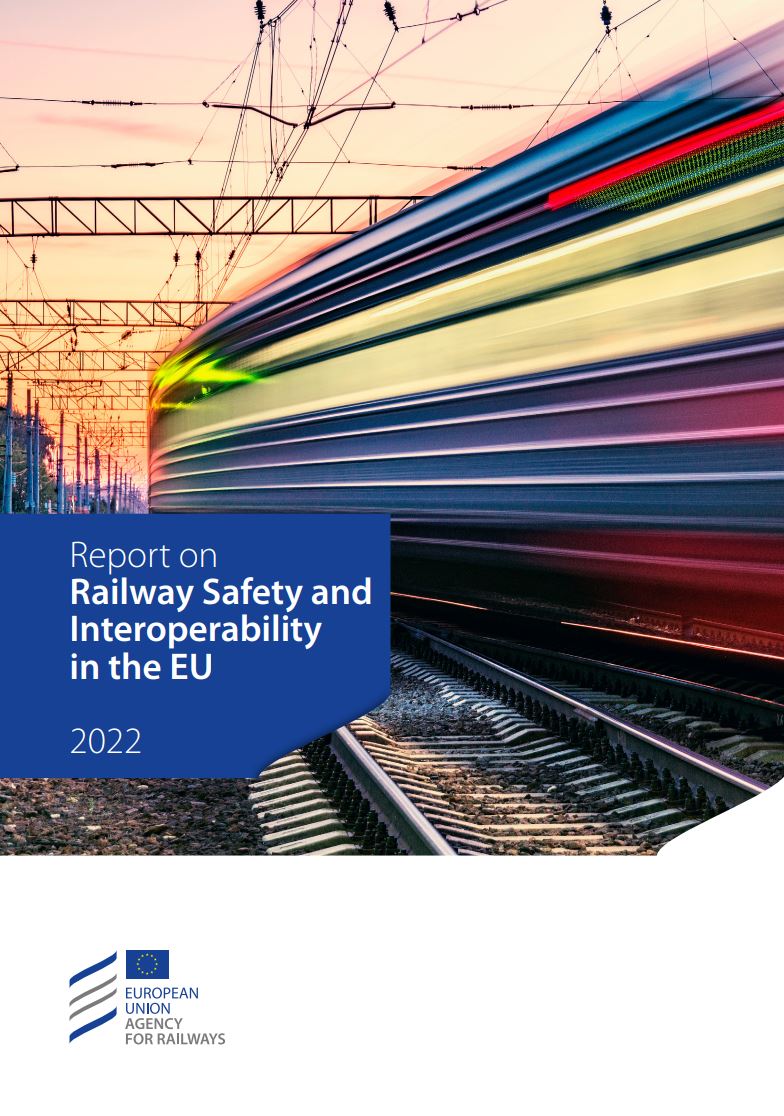European railways remain among the safest in the world, with major accidents (with five or more fatalities) becoming increasingly rare and significant accidents decreasing in recent years. However, the overall cost of railway accidents remains high, and progress has also been very uneven across the EU Member States, with a significant variation in safety levels. ERA’s Executive Director, Josef Doppelbauer, invites the sector to be strongly committed to enhancing railway safety by rigorously applying a robust safety management system and by implementing a positive railway safety culture: “ERA is actively fostering a common positive European railway safety culture, as safety is not only about regulations, rules and procedures. Safety is about a continuous and collective commitment.”
Collected data confirm that we have already come far in terms of improving the interoperability of railways in Europe, however, we are still a long way from reaching our targets in many areas. Although sound progress can be seen in aligning operational frameworks in terms of rules, only modest improvements are visible in making the railway assets interoperable. As a consequence, railways have been unable to increase their modal share in the transportation mix in the past decade, despite being the most sustainable mode of transport.
In this edition of the report, for the first time, thanks to our valuable collaboration with RailNetEurope, we present new indicators for monitoring cross-border rail traffic volumes, transfer time and punctuality at border sections, which may provide an indication on the seamlessness of international rail connections. “After years of building single-purpose databases, our focus must now shift towards synergies enabled by connected data and underlying IT systems, which can improve rail competitiveness”, says Josef Doppelbauer, inviting all parties involved “to boost their efforts towards achieving better data quality”.
The 2022 Report can be downloaded here.
Background information
About the 2022 Railway Safety and Interoperability Report in the EU:
This report is based on data up to the 2020 reporting period, and, where available, up to 2021. As Cyprus and Malta do not have railway systems that are covered by EU legislation, the EU railway system is composed of the railway systems of 25 Member States. Data are also provided for Norway, Switzerland and the United Kingdom. The Channel Tunnel is a separate reporting entity, with relevant data provided separately by both France and the United Kingdom. Therefore, there were, in total, 29 reporting entities in 2020, referred to in this report as ‘ERA countries’.
This report is part of the agency’s effort to provide to its stakeholders with a comprehensive overview of the development of railway safety and interoperability in the European Union. In accordance with EU legislation, the report has been published by ERA biennially since 2006.
About the EU Agency for Railways:
The European Union Agency for Railways was established in Valenciennes (offices) and Lille (meeting facilities) in 2004, and has 188 employees representing more than 22 European Member States. ERA has been providing EU Member States and the European Commission with technical assistance in the development and implementation of the Single European Railway Area. This comprises enhancing technical interoperability and harmonising rules, promoting simplified access for customers, developing a common approach to safety and safety culture, advising on telematics applications and ERTMS (European Rail Traffic Management System), monitoring National Safety Authorities and Notified Bodies and facilitating the exchange of information between the railway actors in Europe. Since 16th June 2019 the EU Agency for Railways is mandated to issue single safety certificates and vehicle (type) authorisations valid in multiple European countries and to ensure an interoperable European Rail Traffic Management System.
